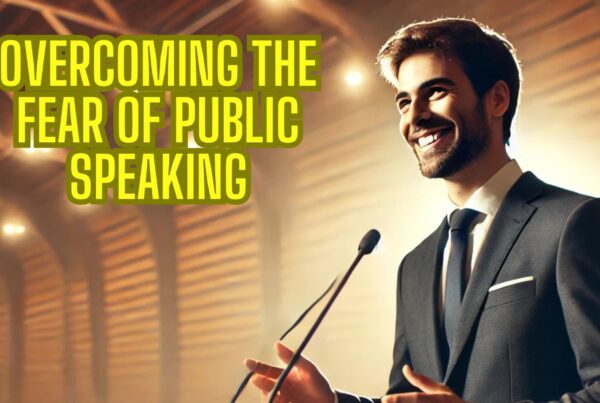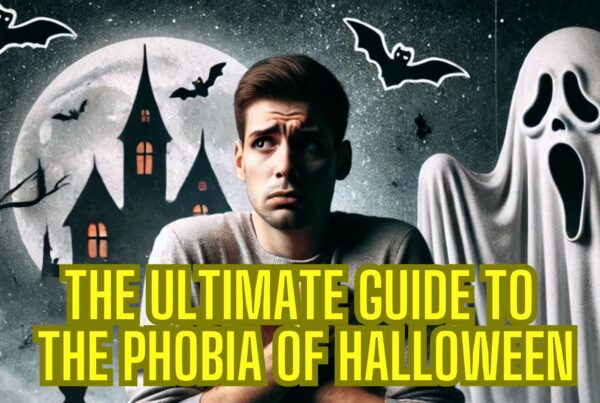Why Are People So Afraid of Clowns? The Psychological Explanation Behind Coulrophobia
The cinema has been riddled with scary clowns over the years. Whether it be through films like ‘It’ or ‘Terrifier’, the killer clowns have scared people for years. But why do people have a fear of clowns? Clowns, with their exaggerated expressions and vibrant colors, are traditionally associated with joy, laughter, and entertainment. Why is a harmless circus performer capable of scaring the hell out of some people? Coulrophobia is the name for the phobia involving a fear of clowns. In this blog, we’ll explore the psychological explanation behind it.
The Hidden Face Behind the Paint: Understanding the Fear of Clowns
A central reason why people are afraid of clowns lies in the hidden identity behind the makeup. Psychologists suggest that clowns, by masking their true emotions behind exaggerated face paint, create a disconnect between appearance and reality. Their painted-on smiles and exaggerated features conceal the person’s true emotions, fostering an innate sense of mistrust. This discrepancy between expression and intent unnerves many and can be at the root of why some people feel uneasy around clowns.
Clowns in History: A Darker Side to Entertainment
To fully understand why people are afraid of clowns, it’s essential to delve into the history of clowning. While modern clowns are associated with lighthearted entertainment, the original clown archetypes carried a much darker connotation. Historically, clowns have served as tricksters, jesters, and provocateurs. In medieval times, court jesters had the power to mock kings and queens, often wielding their humor as a weapon against the powerful. This role as subversive figures created a tension between humor and menace.
As Frank T. McAndrew, a professor of psychology, points out, clowns were often meant to make people uncomfortable. They thrived on mischief, poking fun at societal norms and hierarchies. “They’re designed to make people afraid,” McAndrew says, noting that clowns’ very existence was often tied to making people uncomfortable. Over time, this association with trickery, deception, and disorder has persisted, contributing to the public’s growing discomfort with clowns.
Pop Culture’s Creepy Clown Phenomenon: From ‘It’ to the Joker
In recent years, pop culture has only amplified the fear of clowns. The portrayal of clowns as villains in horror movies and television shows has cemented their status as figures of terror rather than amusement. Iconic characters like Pennywise from Stephen King’s It and the Joker in the Batman franchise have become the epitome of the ‘creepy clown’ archetype, representing chaos, violence, and malevolence.
These fictional clowns are deeply unsettling because they tap into primal fears — fear of the unknown, fear of danger hidden behind a façade, and fear of malevolent intent. By creating these larger-than-life villains, popular culture has reinforced the idea that clowns, despite their outward appearance, are not to be trusted.
Real-Life Horrors: John Wayne Gacy and Wrinkles the Clown
Beyond the world of fiction, real-life events have further fueled the fear of clowns. The infamous case of John Wayne Gacy, a serial killer who dressed up as a clown at children’s parties, forever linked clowns with real-world danger. Gacy’s case, which dominated headlines in the 1970s, left an indelible mark on the collective consciousness, reinforcing the association between clowns and danger.
In more recent years, figures like Wrinkles the Clown — a clown-for-hire who became an internet sensation for terrifying people — have continued this unsettling legacy. Wrinkles, who was hired to scare children into behaving, highlights how clowns are increasingly viewed as instruments of fear rather than joy.
Coulrophobia: An Uncommon but Real Phobia
While clowns may make many people uncomfortable, it’s important to note that true coulrophobia — the irrational fear of clowns — is relatively rare. According to psychologists, a phobia only occurs when the fear becomes so overwhelming that it disrupts a person’s daily life. For most people, clowns are more of an unsettling nuisance than a source of crippling anxiety.
Dr. Nader explains that coulrophobia would need to cause significant distress and interfere with a person’s ability to function to be classified as a true phobia. “Fortunately, we live in a society where clowns aren’t just wandering around,” Nader says, adding that most people can easily avoid clowns in their everyday lives. However, for those who do suffer from coulrophobia, encountering a clown, even in a controlled setting like a movie or theme park, can trigger intense fear and anxiety.
Why Do We Keep Watching Creepy Clowns?
Despite the widespread discomfort clowns elicit, society remains oddly fascinated with them. Psychologists suggest that this obsession with creepy clowns ties into our love of fear itself. As humans, we are naturally drawn to experiences that allow us to confront danger in a safe environment, whether through horror films, haunted houses, or thrill-seeking activities.
Frank McAndrew notes that watching movies like It allows us to engage with our fears in a controlled way. “We like to learn about dangers in a safe way so that we’re prepared in some unknown future time to deal with them,” he says. In this sense, creepy clowns serve as a proxy for confronting our broader fears, providing a cathartic release through a character that embodies chaos and unpredictability.
The Enduring Image of the Terrifying Clown
Whether it’s Pennywise lurking in the storm drains or the Joker causing havoc in Gotham, the image of the terrifying clown is unlikely to fade anytime soon. Our fascination with these unsettling figures speaks to deeper psychological impulses — our need to explore the unknown, our discomfort with masked identities, and our attraction to controlled danger. As long as these impulses exist, clowns, in all their disturbing glory, will continue to haunt our nightmares.
Release Hypnosis Melbourne Hypnotherapy
Since 2015, Lawrence Akers has been working under the name Release Hypnosis offering Hypnotherapy and ACT based work to the people of Melbourne or an online service. Based on St Kilda Rd, Release Hypnosis is an easy and convenient location to get to and accessible by the ANZAC station train and tram stop. Release Hypnosis can help with a wide range of presenting issues, and I offer a free 30 minute no obligation discovery call for those who are unsure if hypnotherapy is the right way forward for them.
Book Your FREE 30 Minute Consultation With Release Hypnosis NOW!
You may also like to read:
Exploring Content-Free Hypnotherapy
Understanding Samhainophobia: The Fear of Halloween
Phobias: Why Halloween Is More Frightening For Some
How Halloween Can Trigger Phobias and Anxiety








